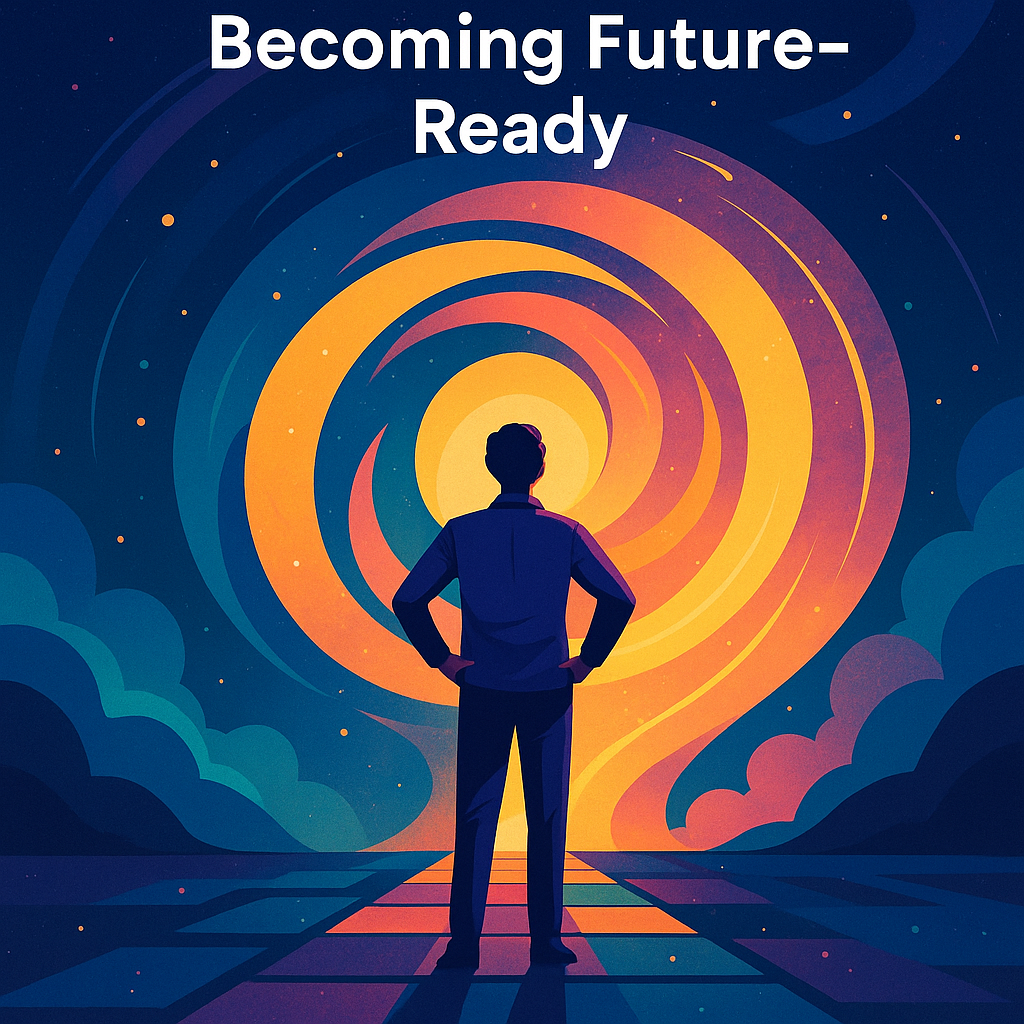The future rarely arrives as planned. Economic shocks, geopolitical shifts, AI breakthroughs — these waves often come without warning. And yet, many organizations continue to prepare for the future by predicting it. Forecasts, roadmaps, and five-year plans dominate strategic decks. But real preparedness isn’t about foresight alone — it’s about building adaptive capacity.
In our final installment, we return to the core insight from the consultant’s journey: future-proofing is less about tech stacks and more about cultural scaffolding. The organizations that will thrive in Industry 6.0 and beyond won’t be the ones that guessed right. They’ll be the ones built for agility, resilience, and learning at their core.
Cultural Design as Competitive Advantage
Most methodologies have a shelf life. Tools evolve. Software gets deprecated. But principles endure. In the consultant’s work, the shift wasn’t toward a new playbook — it was toward cultural design principles that guided behavior in the absence of certainty. These included:
- Human Wisdom Over AI Efficiency: While AI augments intelligence, only humans can contextualize, empathize, and make values-based decisions. Organizations that elevate human discernment retain ethical clarity in complex times.
- Regenerative by Default: Rather than extracting energy, ideas, and well-being from teams, future-ready firms regenerate them. They invest in mental health, psychological safety, and leadership development — not as perks, but as infrastructure.
- Distributed Authority: In a world too fast for centralized control, distributed decision-making is no longer a luxury — it’s a necessity. Teams must be trusted to act on insight, not just instruction.
These aren’t just nice-to-haves. They’re structural enablers of innovation, trust, and responsiveness. They allow organizations to pivot not because they predicted the wave, but because they’re designed to surf it.
Future Readiness Is a Skillset
Industry 5.0 reframes readiness as an embodied capability, not an abstract goal. It means:
- Hiring for curiosity, not just credentials.
- Designing systems that reward learning over certainty.
- Creating space for pause, reflection, and recalibration.
It also means recognizing that transformation is not a one-time event — it’s a continuous state of becoming. And in that becoming, the human factor becomes the differentiator.
Designing for Change Before It’s Forced Upon Us
The greatest insight from the consultant’s work is this: change is inevitable, but suffering is optional. By designing organizations that welcome uncertainty — not resist it — we gain agency in shaping the future.
That’s the invitation Industry 5.0 offers. It’s not just a new chapter in organizational evolution — it’s a return to something timeless: the power of human-centered systems built to adapt, regenerate, and endure.
And for those bold enough to lead with people at the center, the next wave won’t be a threat. It will be a canvas.
